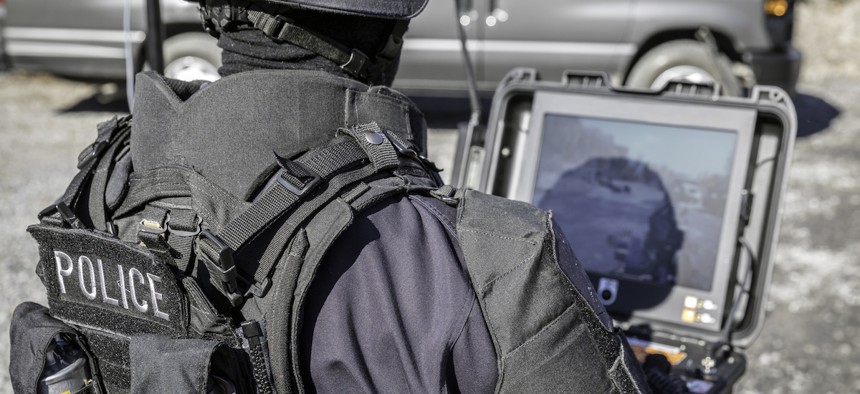Public safety relies on behind-the-scenes technology

Onfokus/Getty Images
COMMENTARY | Reliable emergency response, citation management and crime analysis technologies give responders the data they need quickly and accurately.
When technology is done right, it’s barely noticeable. From the daily online news to public transit to phone swipes to pay for coffee, it’s almost impossible to comprehend the time, investment and knowledge that goes into creating today’s technological environment. When it works, it just works.
The intersection of innovation and public safety is even more subtle—and for good reason. When lives are on the line, whether a technology works as expected should be the last thing on the minds of first responders.
As a business development executive in public sector software with more than three decades of military security, law enforcement and counterintelligence experience, I know firsthand that the last thing responders want to think about in the field is unreliable technology. But the solutions operating behind the scenes in the cloud, on servers and across all the software and hardware installations are more essential than ever before—and subsequently must remain seamless regardless of scope.
For example, almost every emergency response starts with a 911 call to a city’s computer-aided dispatch system, which then sends data into the field to responders. From accidents and natural disasters to criminal activity and more, CAD systems connect people and agencies in real-time to help keep communities safe and secure.
If call volume goes up, the system must remain resilient. When a major storm hit Snohomish County just north of Seattle in November 2022, emergency services teams managed a 100% increase in call volume. Similarly, in Oregon, fires caused by lightning strikes last summer required quick response. Dispatchers sent 125 firefighters and six chief officers in addition to 18 engines, 15 water tenders, two wildland engines, six ambulances, two support trucks, and one rehab unit, all within a matter of hours.
Citation management is another powerful piece of public safety technology operating behind the scenes. For police officers, one of the most taxing parts of the job is and always has been paperwork. While the information is increasingly electronic, even traffic stops take time, which contributes to making them among the most dangerous activities for officers everywhere. Thankfully, with more efficient cloud-based recording, data management and printing services, officers and the public are getting off the roadside faster than ever before.
Another key innovation is data analysis, which allows investigators to gather information to not only tell a story but to gain insights on the critical details of a crime. Analysis of interoperable data from crime scenes, forensics and ballistics can help investigators uncover missing details in an investigation. Historical and real-time data can also be leveraged for trend analysis. For example, local police departments can generate "heat maps" of reported crimes that give law enforcement managers critical insight into what's going on in their cities. With these capabilities, leadership can deploy tactics to generate actionable change.
Today, police officers and public safety agents are being asked to do more with less while maintaining the highest levels of efficiency and safety in the field. Technology has long been a key to accelerating the ability of police to respond, understand and prepare for public safety situations. When tech is done right, those in the field don’t have to think about it at all.
Skip Bland is a current business development executive with Tyler Technologies and a former U.S. Air Force Special Agent and member of the Air Force Office of Special Investigations.
NEXT STORY: Mortality rate for young women grew significantly during the pandemic, report says





